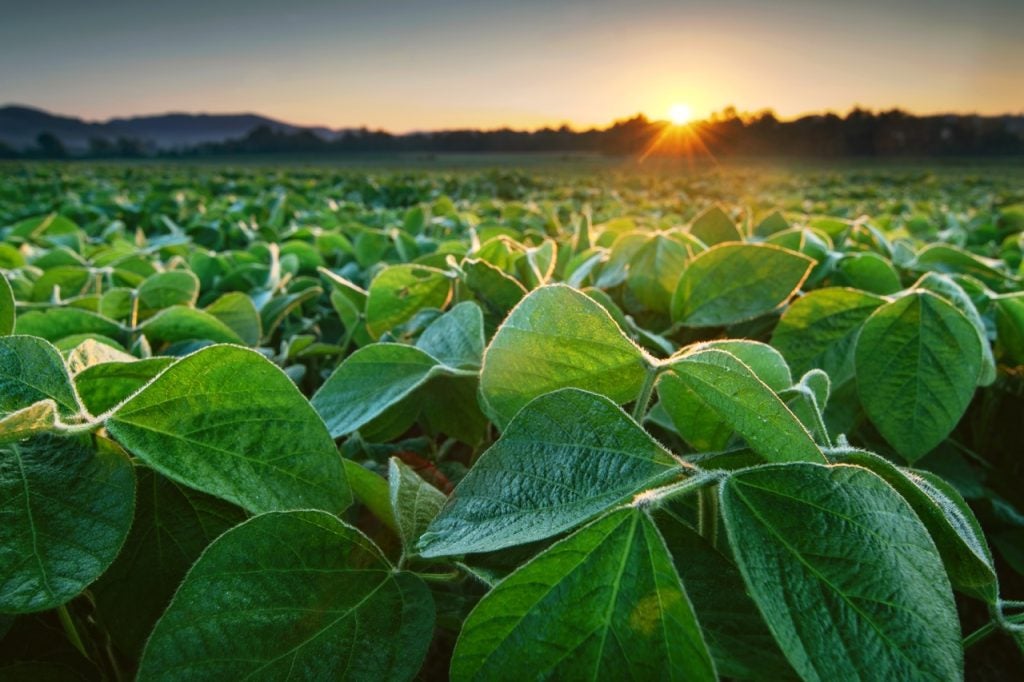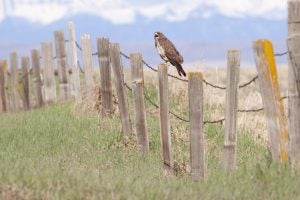
81 percent of Americans live in cities, but rely on rural areas for everyday needs.
Traditionally, governments haven’t factored farms and ranches into their climate mitigation and adaptation planning. Instead, the focus has mostly been on protecting urban communities. But that is all changing. At the National Adaptation Forum earlier this month in St. Louis, agriculture was top-of-mind in discussions about reducing emissions and building resilience to climate change.
That’s because in order to protect people, 81 percent of whom live in urban areas, we’ll need to protect what’s around where they live, too. It’s largely rural areas, like the farming town of 1,100 people where I grew up, whose working lands and farms provide valuable services to urban areas. These services include food security, flood and drought protection, recreation and water storage. Agriculture can also play (and is already playing) a big role in reducing greenhouse gas emissions.
The more resilient we can make agriculture, the better off we’ll all be. Read More »














